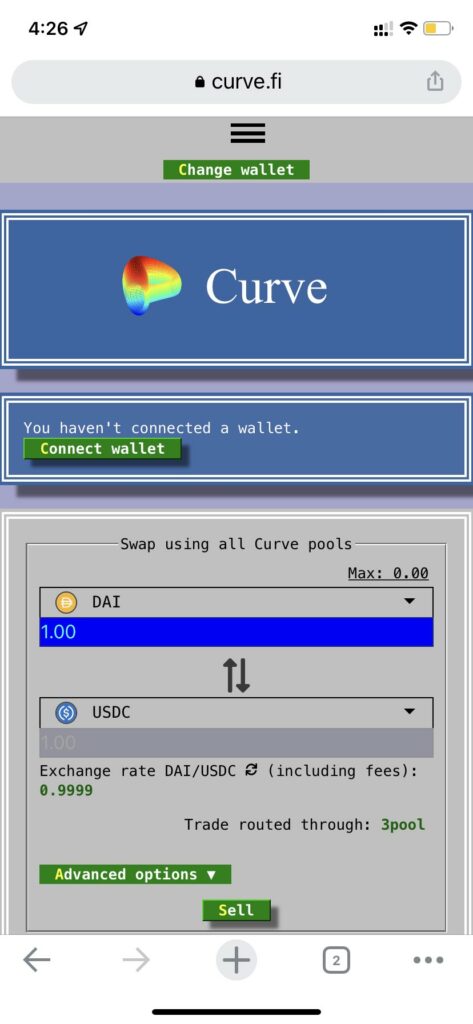Rari capital got hacked for around $79M through a classic re-entrancy attack. Rari is a fork of compound finance which had this bug fixed earlier. It is not the first time Rari has been a victim of a hack.
On Tuesday, 9th August, Curve Finance suffered from a DNS attack causing theft of a whooping $570,000+ USD.
Curve Finance is a stablecoin decentralized exchange (DEX) that runs on the Ethereum blockchain.
The attacker targeted the front end where the suspected hacker appears to have changed the domain name system (DNS) entry for the protocol, forwarding users to a fake clone website and approving a malicious contract. The program’s contract remained uncompromised, however.
The team behind the protocol noticed the issue and tweeted to warn the users about the exploit.

A few hours after the exploit Curve again tweeted confirming both that they have found the issue and also reverted it. They also asked the user to immediately revert any contract they have approved on Curve prior.

Curve explained that it was most likely that the DNS server provider Iwantmyname was hijacked. On the other hand, the exploit was going on, Twitter user LefterisJP speculated that the alleged attacker had likely utilized DNS spoofing to execute the exploit on the service.

Other users quickly noticed and tweeted to warn the users that the alleged thief appears to have stolen more than $573,000 USD.


Rari capital got hacked for around $79M through a classic re-entrancy attack. Rari is a fork of compound finance which had this bug fixed earlier. It is not the first time Rari has been a victim of a hack.
An off-chain transaction deals with values outside the blockchain and can be completed using a lot of methods. To carry out any kind of transaction, both functioning entities should first be in agreement, after that a third-party comes into the picture to validate it.
The unfavourable effect brought by MEVs continues to gain recognition globally, with many believing MEVs capable of providing serious risk to Ethereum’s future. Amidst this crisis, research organization Flashbots has emerged with a solution.
What was essentially the biggest hack in the history of cryptocurrency became a valuable lesson on the importance of security and just how powerless big organizations can become in the face of powerful hackers. The unusual trajectory of this incident also begs the question of where to place the blame in these kinds of attacks. Read more to find out exactly how the hack took place as we analyze the most pressing questions surrounding this attack.
BlockApex (Auditor) was contracted by Sonar(Client) for the purpose of conducting a Smart Contract Audit/Code Review of Sonar bridge modeule. This document presents the findings of our analysis which took place on 8th September 2021.
Dafi’s “dbridge” enables users to bring their ERC-20 $DAFI tokens across from the Ethereum network to Binance Smart Chain, and vice versa, with aims of making $DAFI available on multiple high-speed and low-cost networks.
In a world where personal data has become more or less a commodity, the potential advantages provided by zero-knowledge proofs are monumental. By combining them with blockchain technology, a powerful mix of immutability and security can be achieved.
Play-to-earn or P2E for short, typically refers to a business model where players can earn real-world or in-game currency by playing games, completing tasks, and performing different activities. This in-game currency is usually the project’s native cryptocurrency and is used to reward users.
Fixing a bug in traditional software development is often likened to solving a difficult puzzle, each presenting its own challenges. This task has always been complex and time-consuming. However, resolving bugs in a blockchain system is even more demanding due to its transparent & permissionless nature and the high stakes involved with users' funds.


